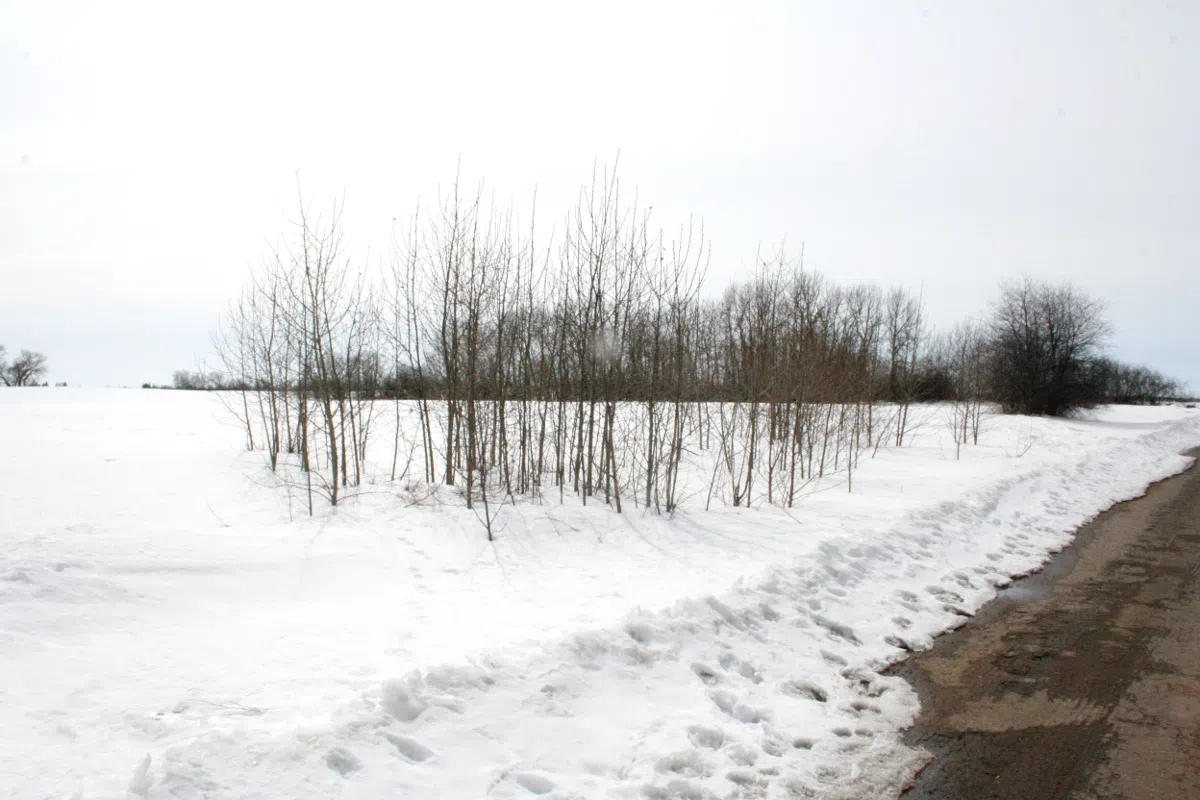
West Hill Master Plan moving ahead without industrial option
Prince Albert city council on Monday decided to leave the industrial option behind as it proceeds with the West Hill Master Plan (WHMP).
Last year, council had asked AECOM to draft a map outlining an industrial-based growth option for the yet-to-be developed portion of the West Hill area. The existing master plan already included a residential-based growth option, with room for some commercial developments. On April 8, the executive committee was presented with the new map with the industrial growth option.
But a heavily-industrial development option was met with some resistance on council Monday.
The expanding West Hill area is situated within Coun. Ted Zurakowski’s ward. And although he likes what he sees in most other areas of the West Hill Master Plan, he is not supportive of having industrial areas in all four corners of the city.


